Over 50 million years of evolution, bats have tackled numerous life-threatening challenges, including the development of an integrated ultrasonic wave system for hunting prey.
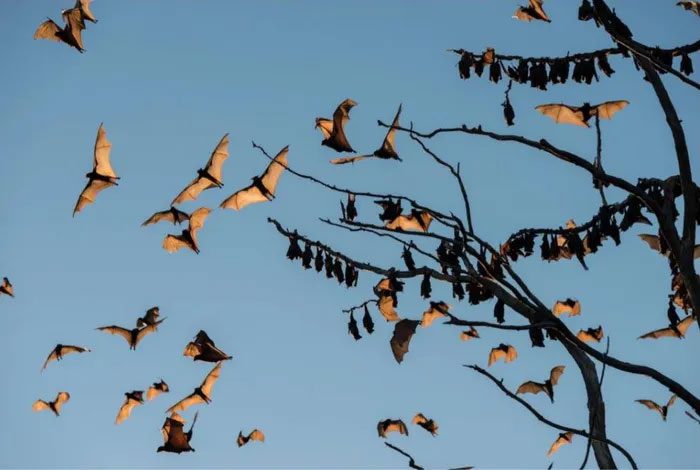
More than 1,400 species of bats inhabit the world, excluding Antarctica and a few remote islands. (Photo: National Geographic).
“There is still much we don’t know about bats, but they certainly possess superpowers,” says Mexican ecologist Rodrigo Medellín, emphasizing that bats serve as a model for us to aspire to a healthy and long life.
Superpower 1: Echolocation
Bats are not blind, as many people mistakenly believe. Instead of relying on sight, they primarily use echolocation to navigate and hunt in the dark.

Simulation of the echolocation mechanism of bats. (Photo: National Geographic)
Echolocation is the ability to perceive the environment by actively producing high-frequency sounds and listening for echoes that bounce back from surrounding objects.
From these echoes, bats can measure the distance, size, and shape of objects, such as mosquitoes. Some bat species have such precise echolocation that they can detect tiny objects like a hair strand or discern differences in echo delay of less than 1 microsecond (one-millionth of a second).
Recent studies have shown that bats do not rely on echolocation as much as previously thought. According to expert Aaron Corcoran from the University of Colorado, bats spend most of their flying time in silence, seemingly to avoid being “eavesdropped” on by other bats. When not using echolocation, they switch to using vision and memory to navigate.
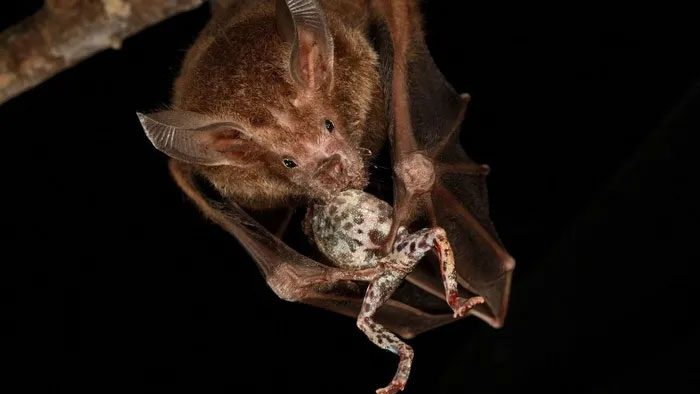
Echolocation helps bats hunt in the dark. (Photo: National Geographic)
Superpower 2: Speedy Flight
Bats are the only mammals that use muscles to fly through a mechanism known as self-powered flight – a unique flying technique in the animal kingdom.
The wings of a bat are akin to human hands, with elongated “fingers” connected by a flexible membrane. Supported by special muscle groups, their flexible wings are filled with blood vessels, nerves, and tendons that enable bats to fly at astonishing speeds.
Unlike the wings of birds or insects, bat wings can fold into various shapes during flight. Many might be surprised to learn that the fastest self-powered flying animal on the planet is the Brazilian free-tailed bat (Tadarida brasiliensis), as confirmed by ecologist Medellín.
In 2016, researchers in Texas measured the flight speed of Tadarida brasiliensis and found they could reach speeds of up to 160 km/h – faster than any mammal on Earth.
Superpower 3: Longevity
In the animal kingdom, smaller species typically have shorter lifespans compared to larger ones. Bats are an exception: they are the longest-living mammals relative to their body size.
The longest-lived bat species ever recorded is Myotis brandtii – a small bat in Russia, weighing less than 7 grams but living for at least 41 years.
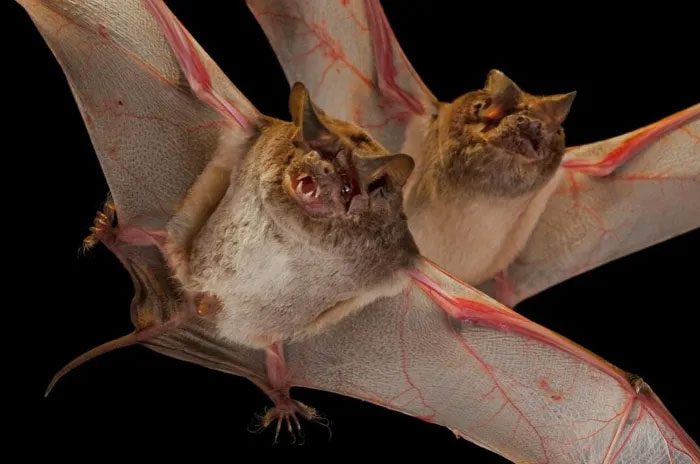
Bats are the longest-living mammals relative to their body size. (Photo: National Geographic)
Recently, scientists have studied bat cells to understand why they live so long. They focused on telomeres, protective structures found at the ends of chromosomes. In most animals, telomeres tend to shorten over time, a process that may be linked to aging.
However, telomeres in the longest-living bat group – Myotis – do not seem to shorten with age. Understanding why bats live so long and how they remain healthy in old age could help extend human lifespans one day.
Superpower 4: Virus Resistance
Bats not only live long but also maintain a healthy state throughout their lives, with an extremely low incidence of cancer. Moreover, bats can be infected with deadly viruses, including rabies and Ebola, without falling ill.
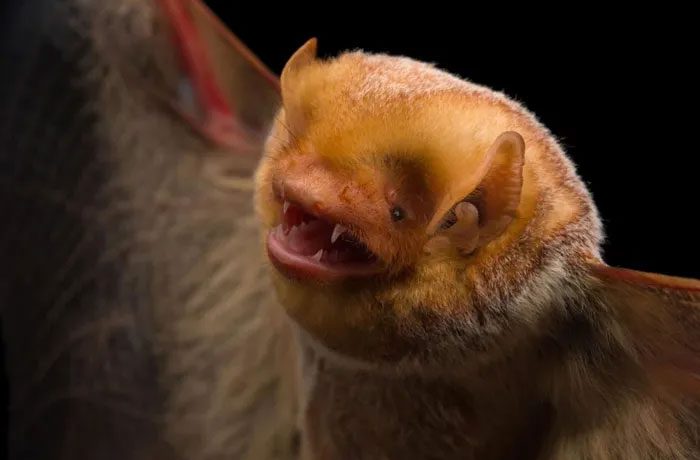
Bats can be infected with deadly viruses, including rabies and Ebola, without falling ill. (Photo: National Geographic)
To unravel this mystery, scientists have studied bat genes, revealing several clues in the process. A recent analysis of the genomes of six bat species has unveiled a long-term “evolutionary arms race” between bats and viruses.
For instance, the genes related to bats’ immune and anti-inflammatory responses change over time – likely to cope with viral infections. Conversely, viruses also evolve to find more effective ways to infect.
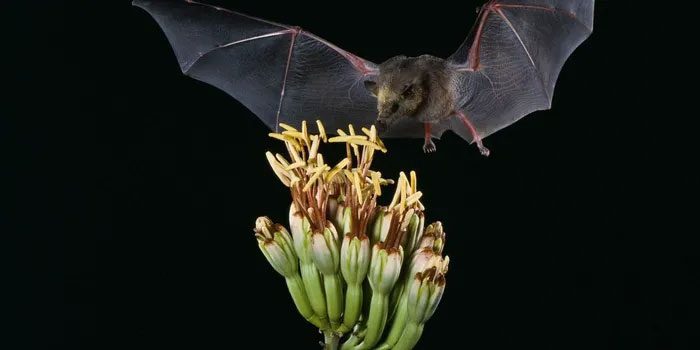
Research on bats could be the “key” to helping humans coexist with viruses without falling ill. (Photo: National Geographic)
Bats are suspected to be reservoirs for some dangerous viruses that can spread to humans, like Nipah. While some experts assert that the SARS-CoV-2 virus causing COVID-19 originated from bats, many believe bats are not the direct disease transmitters.
Regardless, studying the unique immune systems of bats could provide crucial data on how humans can coexist with viruses without getting sick.
Superpower 5: Ecosystem Support
In addition to the special abilities mentioned above, bats also support the ecosystem. 75% of bat species feed on insects, and each night, a single bat can consume an amount of insects equal to or greater than its body weight.
Many of these insects are harmful to important agricultural crops, such as cotton. Scientists estimate that insectivorous bats save American farmers about $23 billion annually by reducing crop damage and limiting the need for pesticides.
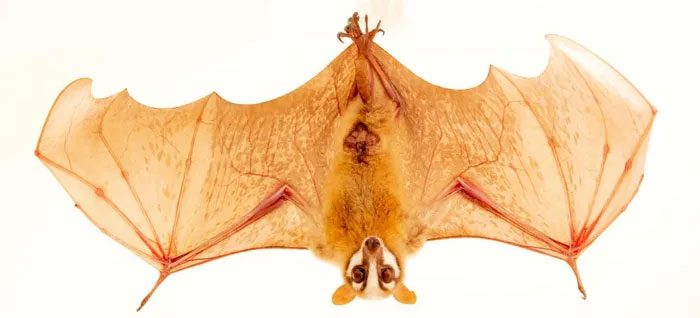
Each night, bats can eat an amount of insects equal to or greater than their body weight. (Photo: National Geographic).
Many bat species also contribute to plant health and ecosystem diversity. At least 549 plant species are pollinated or have their seeds dispersed by bats, including bananas, mangoes, guavas, cacao, and the green agave cactus – a crucial ingredient in tequila production.
“Bats are the silent heroes contributing to biodiversity. They play a vital role in ensuring human food, clothing, and beverages. It’s time we appreciate them,” asserts ecologist Medellín.





















































